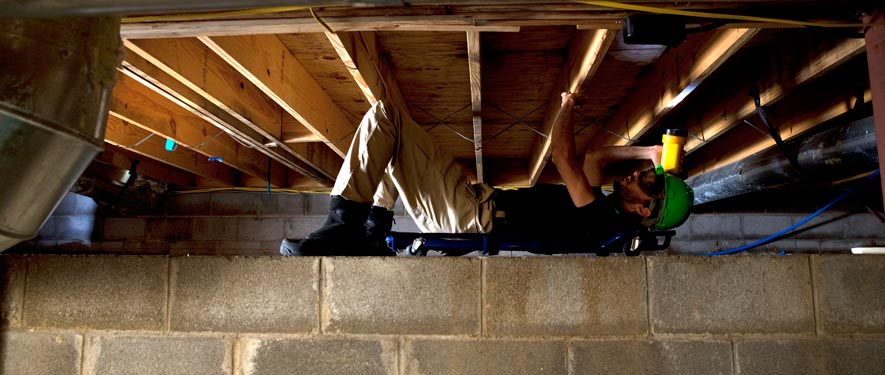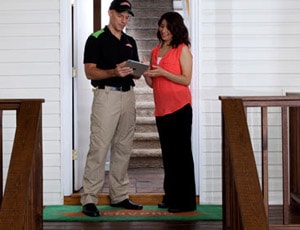
“Mold Removal” vs. Mold Remediation
What’s the Difference?
When hearing of mold removal or mold remediation, you may believe these are the same processes. In reality, mold removal isn't something that can completely take care of the issue as microscopic mold spores exist naturally in almost every place you look. Instead, we focus on remediation which is the process of returning the amount of mold back to its normal or natural level. Even during the remediation process porous materials may have to be removed due to their ability to hold on to the mold, even after remediation. With each scenario being unique to the area, cause, and amount, we have our trained and certified technicians follow a series of steps in order to find the most effective mode of treatment. First we have to understand what we are working with by performing an inspection of the area. Once we located the areas in need of remediation, we will focus on containing the mold, and preventing it from spreading into other previously unaffected areas. We will then begin the treatment process. Depending on the severity, this may include removing porous materials such as carpet or drywall that are unable to be cleaned, and treating nonporous areas that can be treated without removal. Once the remediation and removal is complete, we may also perform restoration services to make it "Like it never even happened." Remember, when dealing with microbial growth, always call a certified professional to ensure the growth is properly handled during the remediation process.
Signs of Mold? Call Today – (931) 684-9467
Understanding Mold
When water intrudes into your property, mold growth can start in as little as 48 hours. Consider the following mold facts:
- Mold is present almost everywhere, indoors and outdoors.
- Mold spores are microscopic, float along in the air, and may enter your home through windows, doors, or AC/heating systems or even hitch a ride indoors on your clothing or a pet.
- Mold spores thrive on moisture. Mold spores can quickly grow into colonies when exposed to water. These colonies may produce allergens and irritants.
- Before mold remediation can begin, any sources of water or moisture must be addressed. Otherwise, the mold may return.
- Mold often produces a strong, musty odor, and that odor can lead you to possible mold problem areas.
- Even higher-than-normal indoor humidity can support mold growth. Keep indoor humidity below 45 percent.
The Mold Remediation Process
Every mold damage scenario is different and requires a unique solution, but the general mold remediation process stays the same. Learn more about our mold remediation process.
- Emergency Contact - (931) 684-9467
- Inspection and Mold Damage Assessment
- Mold Containment
- Air Filtration
- Removing Mold and Mold-Infested Materials
- Cleaning Contents and Belongings
Locally Owned Company with National Resources
SERVPRO of Bedford, Lincoln, Marshall & Moore Counties is locally owned and operated—so we live and work here too and are proud to be part of this community. We are also part of a national network of over 2230 Franchises with special Disaster Recovery Teams placed strategically throughout the country to respond to large-scale disasters.
We are proud to serve our local communities:

 24/7 Emergency Service
24/7 Emergency Service



